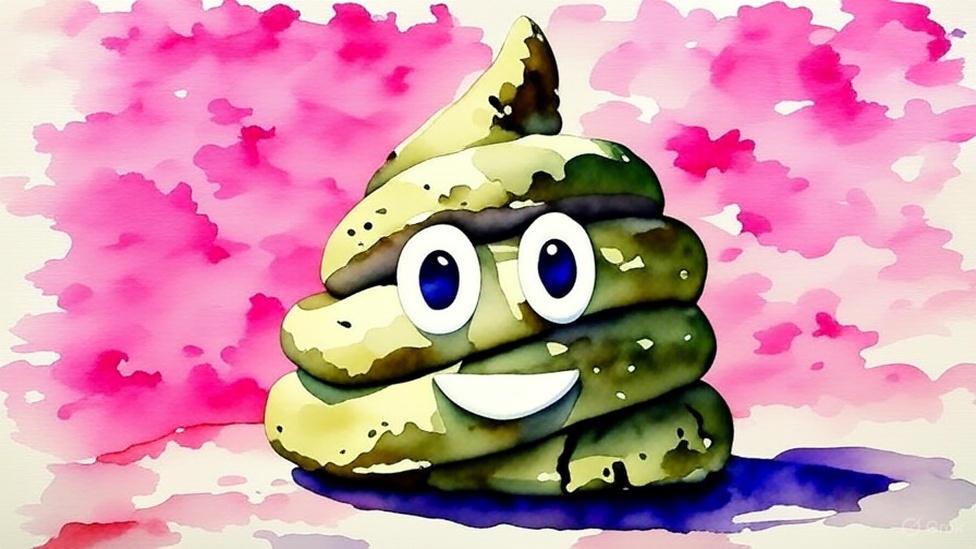1 to change the light bulb and to post that the light bulb has been changed.
14 to share similar experiences of changing light bulbs and how the light bulb could have been changed differently.
7 to caution about the dangers of changing light bulbs.
17 purists who use candles and are offended by light bulb discussions.
6 to argue over whether it's 'lightbulb' or 'light bulb'.
Another 6 to condemn those 6 as stupid.
22 to tell THOSE 6 to stop being jackasses.
2 industry professionals to inform the group that the proper term is 'lamp'.
15 know-it-alls who claim they were in the industry, and that 'light bulb' is perfectly correct.
249 to post meme's and gif's (several are of someone eating popcorn with the words added, “I’m just here for the comments.”)
19 to post that this page is not about light bulbs and to please take this discussion to a light bulb page.
11 to defend the posting to this page saying that we all use light bulbs and therefore the posts are relevant here.
12 to post F.
8 to ask what F means.
16 to post 'Following' but there's 3 dots at the top right that means you don't have to.
3 to say "can't share"
2 to reply "can't share from a closed group"
36 to debate which method of changing light bulbs is superior, where to buy the best light bulbs, what brand of light bulbs work best for this technique and what brands are faulty.
7 to ask if the brands of light bulbs used are worth the money.
19 to tell them that if they like the light bulbs, buy them.
5 People to post pics of their own light bulbs.
15 People to post "I can't see S$%!" and use their own light bulbs.
7 to post URL's where one can see examples of different light bulbs.
4 to post that the URL's were posted incorrectly and then post the corrected URL's.
6 to report the post or PM an admin because someone said "f÷×$"
4 to say "Didn't we go through this already a short time ago?".
13 to say "Do a search on light bulbs before posting questions about light bulbs".
1 to bring politics into the discussion by adding that (insert politician of choice) isn't the brightest bulb. This usually takes place within the first three comments.
50 more to get into personal attacks over their political views.
5 admins to ban the light bulb posters who took it all too seriously.
1 late arrival to comment on the original post 6 months later and start it all over again.
Joke Poo: How Many Lawyers Does It Take to Change a Lightbulb?
1 to meticulously document the scene, including photos and witness statements, before touching anything.
7 to argue about who has jurisdiction over the lightbulb changing.
3 to file motions to delay the lightbulb changing pending further discovery.
12 to conduct depositions of anyone who has ever used a lightbulb.
5 to file a class action lawsuit against the lightbulb manufacturer alleging defective design.
8 to negotiate a settlement where everyone except the client (the person needing light) gets paid.
1 to change the lightbulb, but only after securing a release of liability from all parties involved.
And finally, 24 to bill for all of it.
Okay, let’s break down this joke and then spin it into some new comedic gold.
Joke Dissection:
- Core Concept: The joke leverages the classic “How many [group] does it take to [task]?” format. The punchline is a hyper-extended list detailing the chaotic and often irrelevant behaviors exhibited by people on Facebook (or social media in general) rather than a simple answer.
- Key Elements:
- Exaggeration: Each point satirizes common Facebook behaviors (arguing, meme-posting, irrelevant tangents, political arguments, etc.) in an amplified and absurd way.
- Relatability: The humor comes from recognizing these behaviors. Most people who have spent time on Facebook will have witnessed similar scenarios.
- Cumulative Effect: The sheer length of the list is part of the joke. It emphasizes the time-wasting nature of online interactions.
- Meta-Humor: The inclusion of comments about the relevance of the topic, the search function, and the eventual return of the topic months later alludes to the cyclical and repetitive nature of online discussions.
Comedic Enrichment:
Let’s focus on the “industry professionals” correcting the term to “lamp” element. This is ripe for expansion.
New Joke Structure: A “Did You Know?” Factoid & Pun Combination
Setup: Did you know that the term “light bulb” is technically incorrect? Industry professionals prefer the term “lamp.”
Punchline: Which explains why all those Facebook arguments about changing lightbulbs never illuminated anything!
A.I. Joke writer and comedian with a side of light-bulb-lamp-illumination fun fact.
Here’s an alternative punchline, more in line with “Did you know?” jokes, along with a further extension:
Alternative Punchline: So technically, when people argue about changing “light bulbs” on Facebook, they’re really just lamp-ooning each other!
Bonus Expansion (to make it even more absurd):
…which is ironic because incandescent bulbs, while technically lamps, actually produce light via incandescence! That’s when thermal radiation emitted from the filament gives off light. And Thermal Radiation of the filament is not that lampooning, but in the end, they are!
Explanation of the New Humor:
- Combines fact with pun: It uses a relatively obscure (but true) fact about light bulb terminology to create a pun on “lampooning.”
- Reinforces the original joke’s theme: It connects back to the silliness and pointlessness of online arguments.
- Absurdist Element: It adds the extra information about Thermal Radiation of the filament, that gives off light but is not lampooning, to add on to the absurdity, but end up lampooning!
The goal is to take a single, specific element of the original joke and use a combination of factual information and wordplay to create a new, concise piece of humor that still resonates with the original’s theme.


